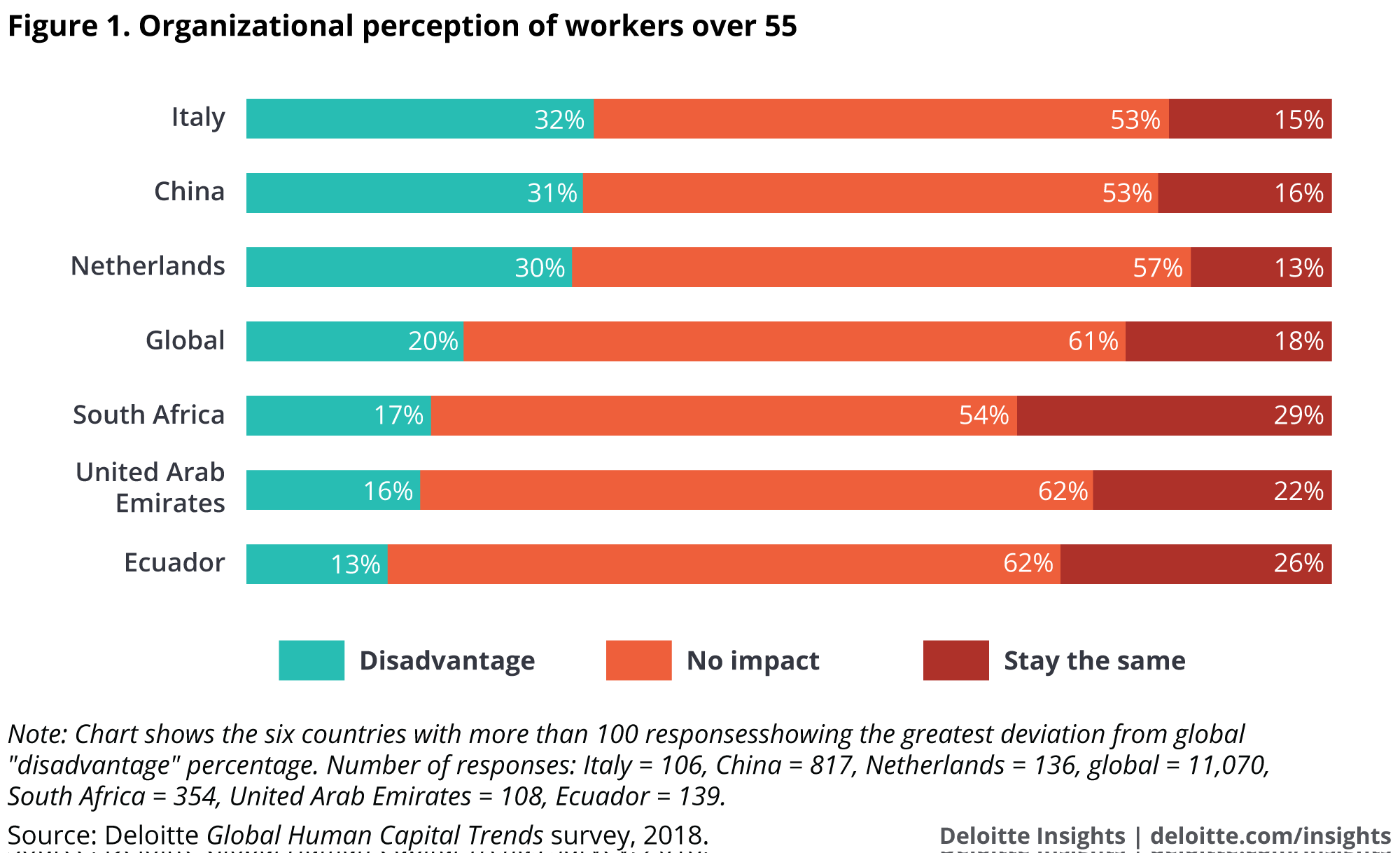 David Kazachov claims he has experienced ageism as a job seeker. Photo: Nick Moir
David Kazachov claims he has experienced ageism as a job seeker. Photo: Nick MoirAfter hitting the age of 45, David Kazachov started having trouble getting work.
“It is even worse at the age of 50,” he says.
When we say baby boomers are not good with technology and Generation Y don’t have enough experience, it becomes a self-fulfilling prophecy.
Associate Professor Leanne Cutcher
Despite extensive experience in the finance and IT industry, Mr Kazachov was surprised to be asked if he had a laptop after making it to the final stage of a recent job interview.
 Robert De Niro showed old dogs sometimes have the best tricks in The Intern.
Robert De Niro showed old dogs sometimes have the best tricks in The Intern.Well, of course he did, but there seemed to be an assumption behind the question that he was too old to be savvy with computer technology.
But as it turns out, ageism in the workforce is built on a faulty premise, according to leading Australian researchers of intergenerational employment.
Associate Professor Leanne Cutcher from the University of Sydney Business School is about to publish a new study that has found that contrary to stereotypes and assumptions, the most innovative companies are the ones where the age of employees does not matter.
One health engineering company that had a young chief executive officer appointing 65-year-old workers to new roles leading projects was among companies the researchers found to be the most innovative.
The multinational company, Siemens Healthcare, recognised that people had valuable experience to offer at all stages of their career.
Michael Shaw, the company’s chief executive, said Siemens “takes the best people for the job”.
“Personally, for me it’s not important if the person is in their 20s or in their 60s, I am simply looking for the best minds with the best attitude”, Mr Shaw said.
Associate Professor Cutcher said the company had recognised that the idea that younger people lack experience and older people have too much of it “is a nonsense” and “stifles” the exchange of innovative ideas.
“Where age doesn’t matter, there is more innovation,” Associate Professor Cutcher says.
“When we say baby boomers are not good with technology and Generation Y don’t have enough experience, it becomes a self-fulfilling prophecy.
“Because people who have good ideas then don’t share them because they have been told they are too old.
“But you are just going to replicate the same ideas where you start labelling people as either too old or too young for a role. Where that is happening, it is stifling knowledge exchange.”
Associate Professor Cutcher said younger workers were positive about learning from older colleagues.
“We have this false idea that only young people can innovate and our research has found it has really big implications for the effectiveness of the organisations.”
“While there is robust evidence that older people can be part of a sustainable solution to job market challenges, existing and inaccurate perceptions of the Baby Boomer generation detract from the value of employing the over-50 population.”
Another new study to be released on Thursday by the Australian Seniors Insurance Agency reveals that age discrimination in the workplace is rife.
It found that close to half the Baby Boomer respondents claimed they have been turned down for a job since they turned 40.
The agency’s spokesman, Simon Hovell, said the study of 1200 people across Australia found three in five people over 50 said that they faced substantial obstacles in attempts to find a job.
More than two in five respondents said they felt stuck in rut because they felt a career change, opportunities or promotions were limited.
Baby Boomers said it took longer than six months to find a new job when making a career move. One in six said it took them five years or more to find a job.
Mr Hovell said Generation Y was costing up to $2.8 billion more than Baby Boomers a year to the Australian economy.
“Baby Boomers typically take three days sick leave on average per year, which doubles for Gen Y’s at an average of six days,” Mr Hovell said.
The research also found that more than three quarters of Baby Boomers adapt well to technological innovations, and 73 percent are actively seeking training opportunities.
“The findings point to what many organisations, academics and economists have known all along – Baby Boomers are a real asset to the workplace,” said Mr Hovell.







 The government plans to consult more widely on possible changes next year. Photo: Virginia Star
The government plans to consult more widely on possible changes next year. Photo: Virginia Star Treasurer Scott Morrison outlined the government’s vision for an overhaul of the country’s retirement income system. Photo: Alex Ellinghausen
Treasurer Scott Morrison outlined the government’s vision for an overhaul of the country’s retirement income system. Photo: Alex Ellinghausen Opposition spokesman for financial services and superannuation Jim Chalmers wants a low income superannuation contribution retained. Photo: Glenn Hunt
Opposition spokesman for financial services and superannuation Jim Chalmers wants a low income superannuation contribution retained. Photo: Glenn Hunt






